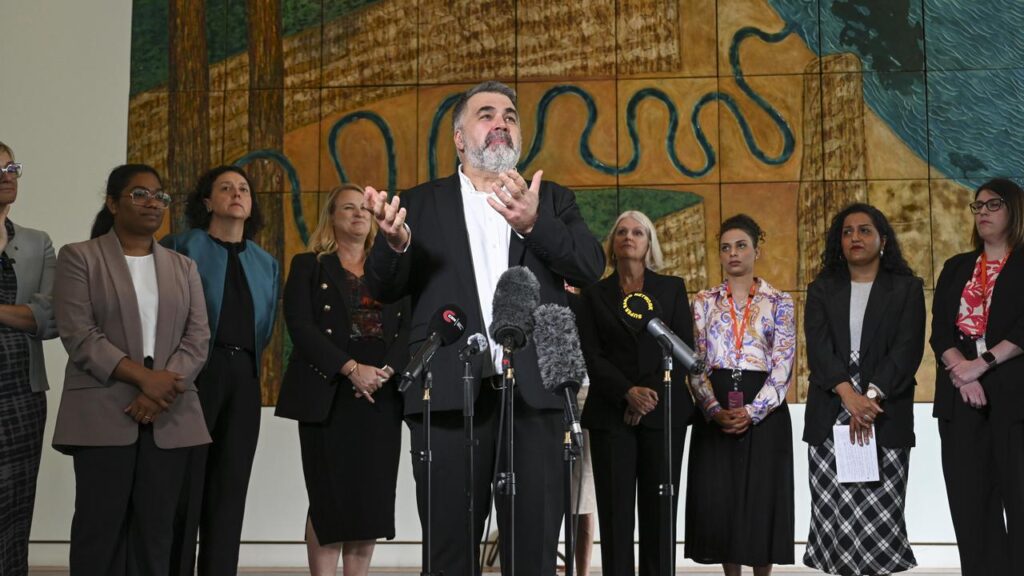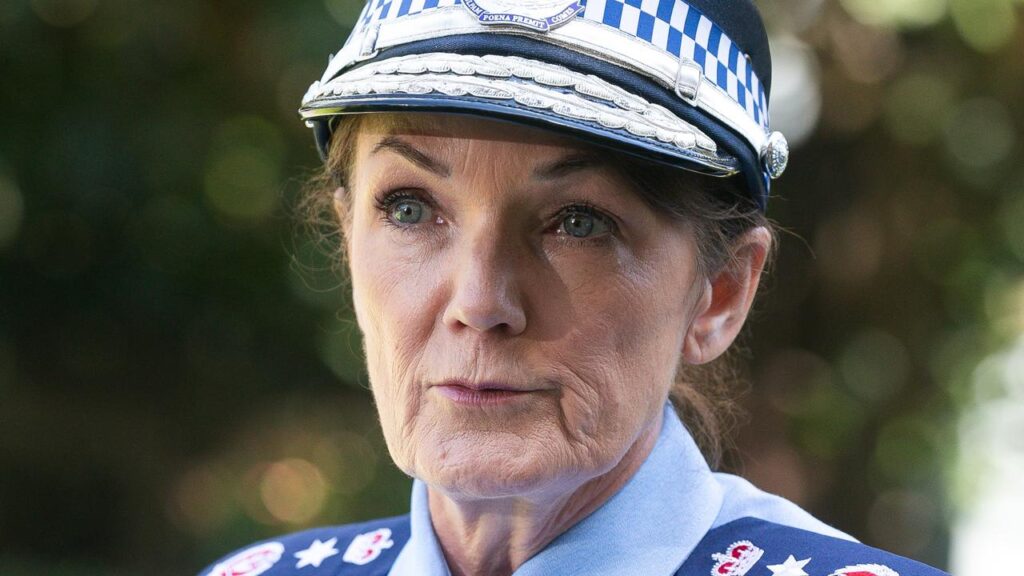The ‘rational inattention’ theory which is causing Aussie inflation anxiety
Written by admin on October 16, 2024
Australians feel inflation has been higher for longer because the cost of living crunch was such a shock to the system.
Speaking in Sydney on Wednesday, Reserve Bank of Australia assistant governor Sarah Hunter said households have less accurate expectations of future inflation than the financial sector and unions.
But new research from the RBA and academics has pointed to why Australians are feeling such shock every time they get a bill or buy groceries.
The explanation is a theory called “rational inattention”, Ms Hunter said on Wednesday.
When inflation has been stable, predicting the future is easier, so it’s not worth paying more attention to.
But Australia’s inflation rate skyrocketed from June 2020 to the December 2022 peak. As households see prices inflating across the board, there’s no recent stable history to compare to, so people need to pay much more attention to try and predict the future cost of goods.
“When inflation does not fit this pattern – for example, in the recent past when it was much higher – extrapolation might provide a poor forecast,” Ms Hunter said.
“So it is ‘rational’ for people to put more effort into thinking about where inflation will head next.”
The persistent high inflation eclipsed most household’s expectations because people saw the shock of the pandemic, and the effect of the conflict in Ukraine as atypical, Ms Hunter said.
Because of these major shocks, households are reassessing their future expectations on inflation more slowly, Ms Hunter said.
Even though inflation peaked nearly two years ago, it is still refusing to get down in the 2-3 per cent range, which will eventually open the door for an interest rate cut.
On annual terms, the consumer price index ticked up from 3.6 per cent to 3.8 per cent last quarter. The newest quarterly figures are due on October 30.
The much more volatile monthly figures show the CPI ticked down from 3.5 to 2.7 per cent in August.







